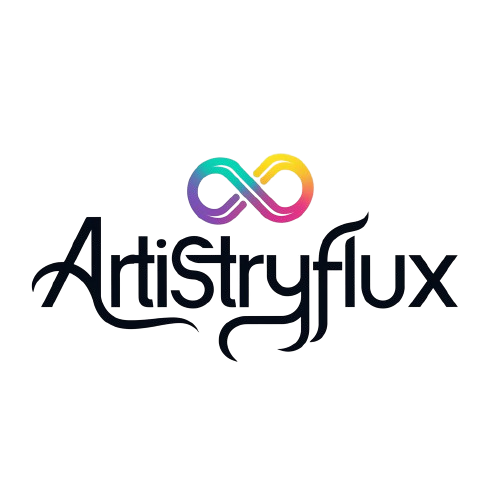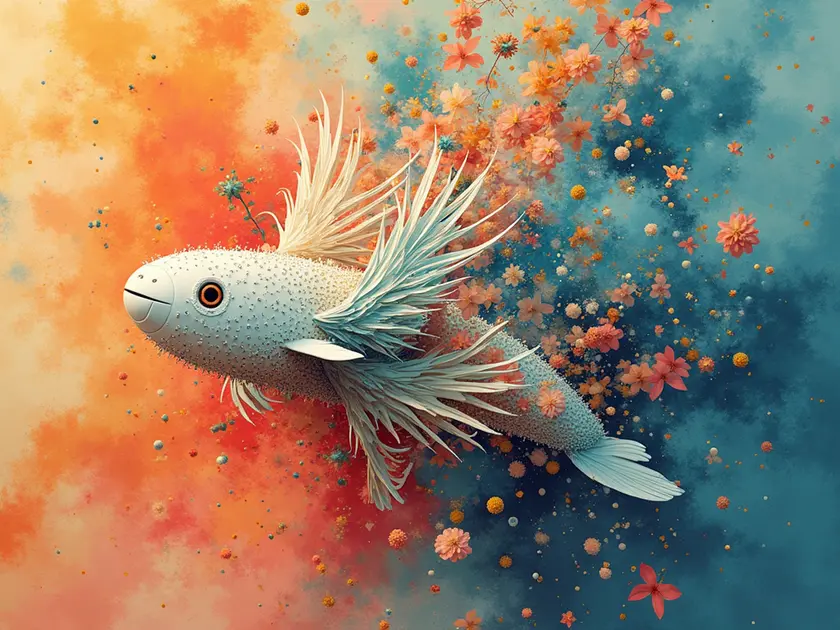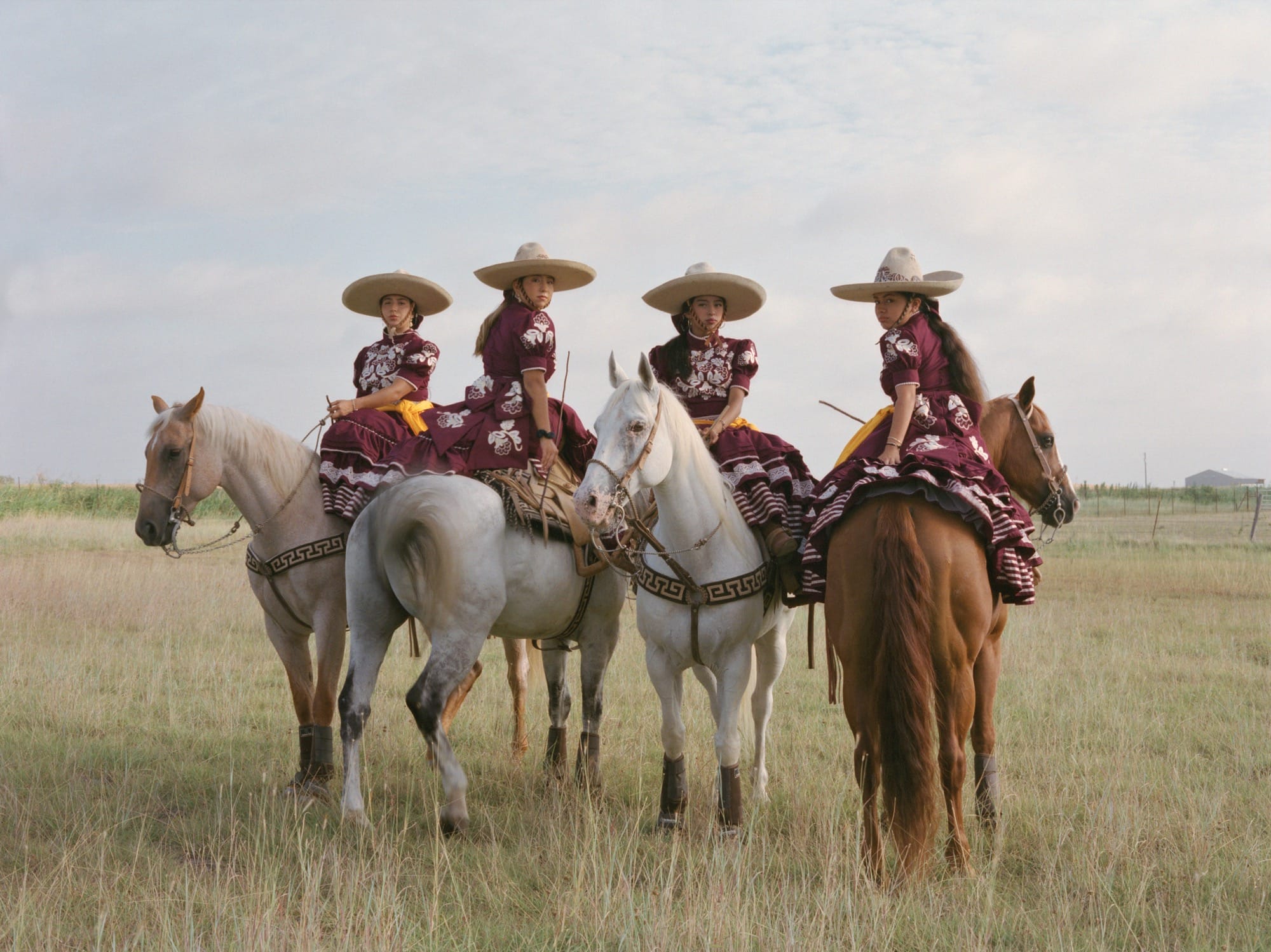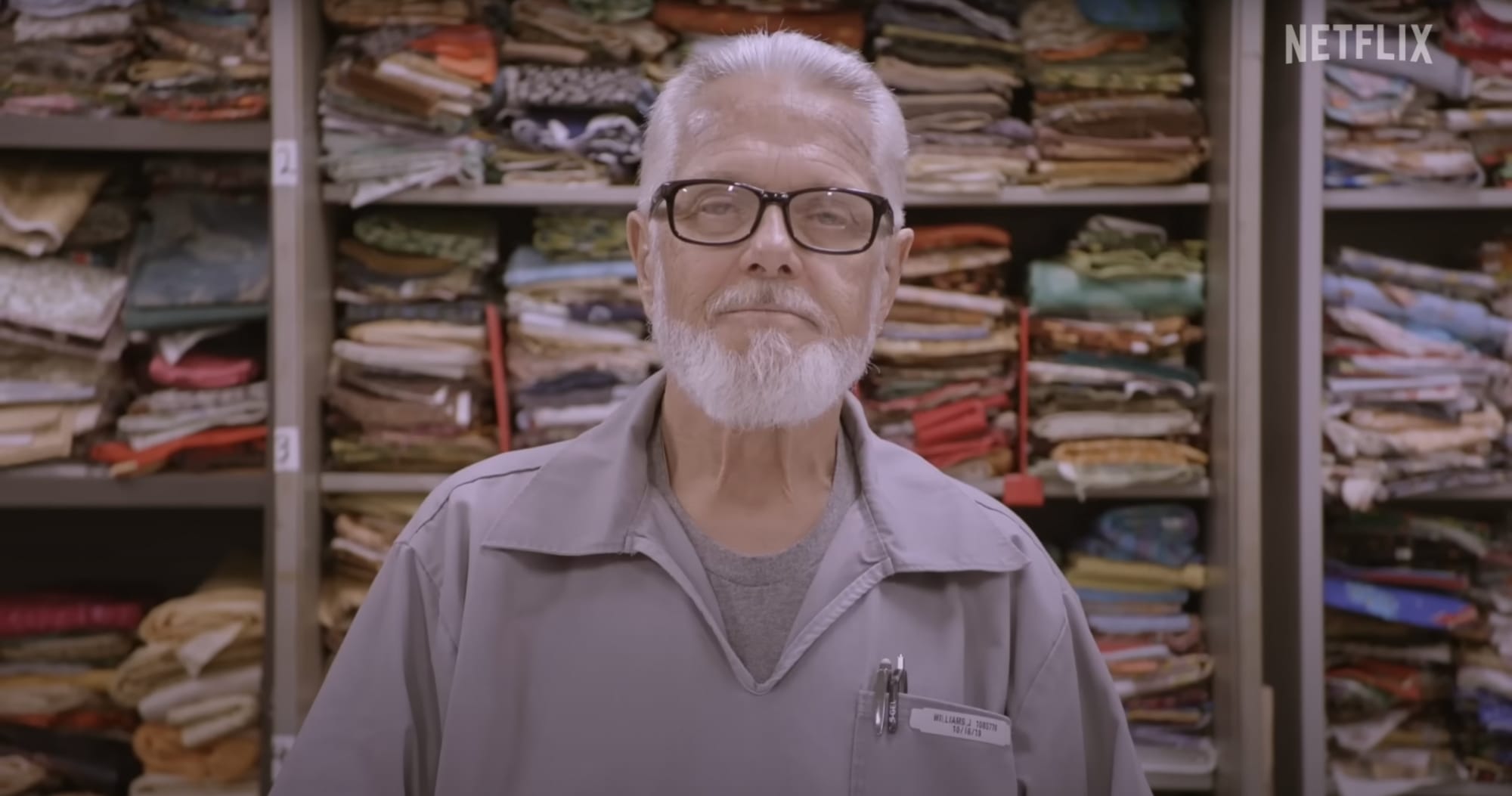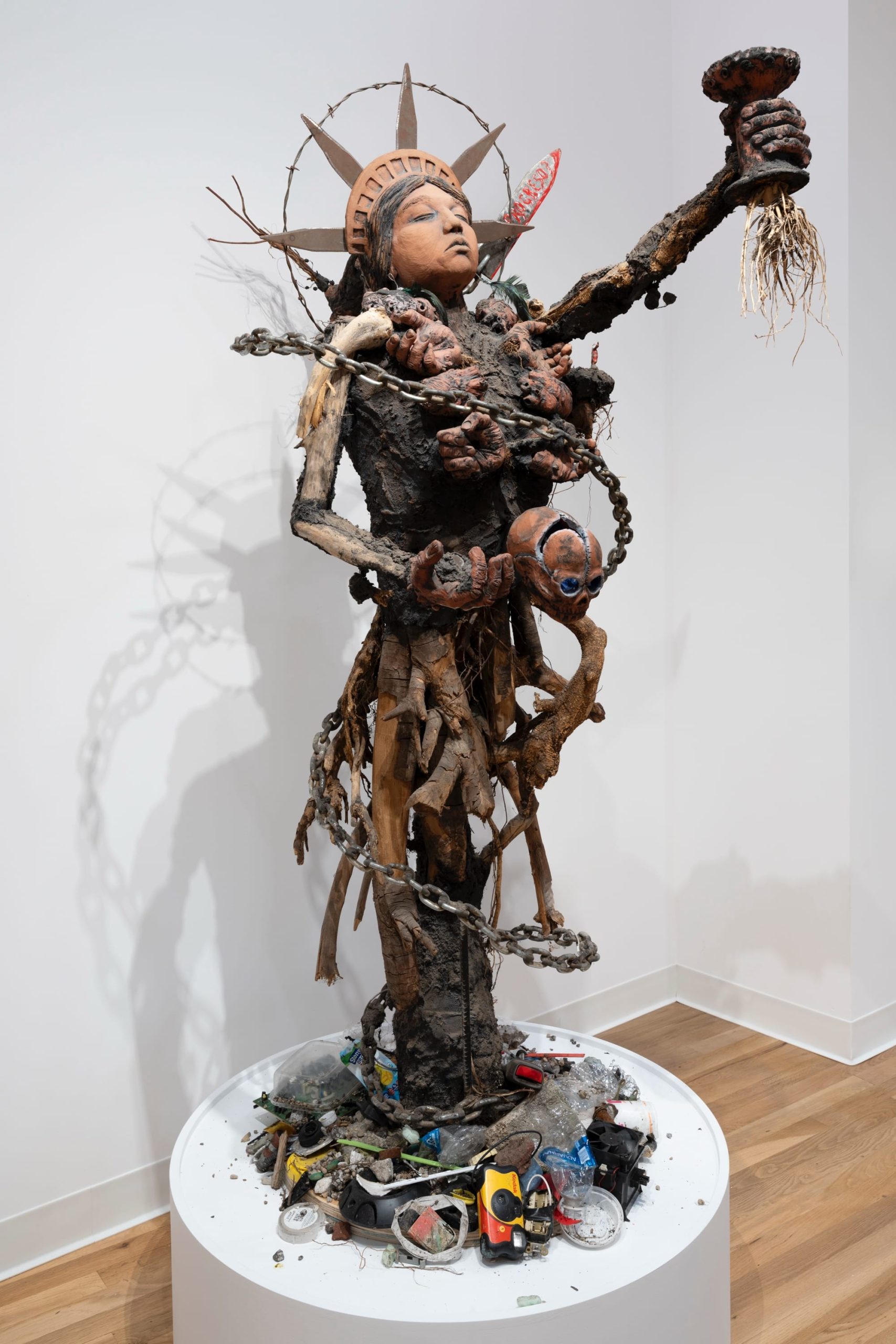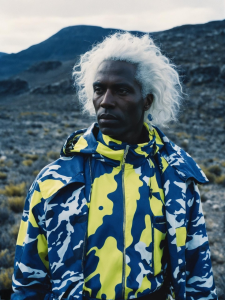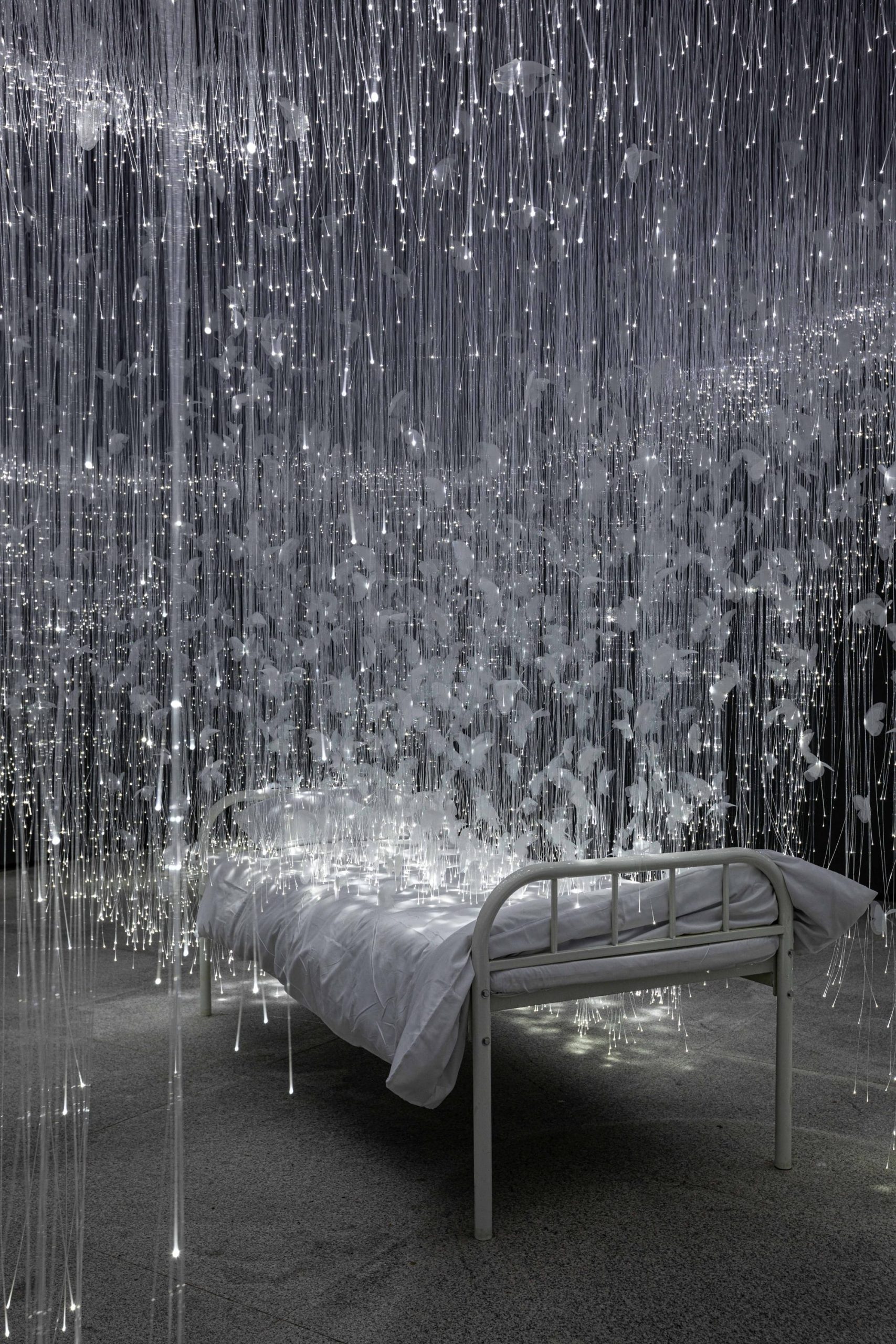The Future of Art and Design: Predictions and Trends
As we delve into the realm of creativity and innovation, it is evident that the landscape of art and design is continuously evolving. With advancements in technology, changing consumer behaviors, and shifting cultural influences, the future of art and design holds limitless possibilities. In this article, we will explore key trends and predictions that are shaping the future of this dynamic field. From the evolution of AI in creative processes to interdisciplinary collaboration and sustainable practices, the future of artistic expression is set to chart new territories and redefine traditional boundaries. Join us as we embark on a journey to unravel the exciting prospects that lie ahead in the realm of art and design.
The Evolution of AI in Creative Processes
Artificial Intelligence (AI) has revolutionized creative processes across various industries, including art and design. The integration of AI technologies in creative fields has significantly impacted the way artists and designers approach their work.
One of the key areas where AI has made a significant impact is in the generation of art. AI algorithms can analyze vast amounts of data and create unique pieces of art based on patterns and trends identified in the data. This ability to generate art autonomously has sparked debates about the role of AI in the creative process.
Furthermore, AI has also been used to enhance the creative capabilities of artists and designers. Tools powered by AI, such as deep learning algorithms and neural networks, can assist creatives in generating ideas, refining designs, and even predicting trends in the creative industry.
As AI continues to evolve, its role in creative processes is expected to expand further. The integration of AI technologies in art and design is likely to lead to new forms of artistic expression and innovative approaches to creative problem-solving.
Interdisciplinary Collaboration in Art and Design
Interdisciplinary collaboration in the fields of art and design involves the integration of different disciplines, such as visual arts, architecture, fashion, and technology, to create innovative and unique works.
The Benefits of Interdisciplinary Collaboration
- Enhanced creativity and innovation through the exchange of ideas and perspectives
- Opportunities for learning and skill development across various disciplines
- Ability to tackle complex problems from multiple angles
Examples of Interdisciplinary Projects
Collaborative projects between artists, designers, engineers, and scientists have resulted in groundbreaking works that push the boundaries of traditional art and design.
Challenges of Interdisciplinary Collaboration
- Communication barriers between individuals from different disciplines
- Differing work styles and approaches to problem-solving
- Difficulty in integrating diverse perspectives into a cohesive final product
Overall, interdisciplinary collaboration in art and design plays a crucial role in driving innovation and pushing the boundaries of creativity in the modern world.
Sustainable Practices Shaping the Future of Artistic Expression
Artists and designers are increasingly embracing sustainable practices to minimize their environmental impact and contribute to a greener future.
Benefits of Sustainable Practices in Art
- Reduction of carbon footprint
- Promotion of eco-friendly materials
- Support for ethical production methods
Examples of Sustainable Artistic Initiatives
- Upcycling of materials for art projects
- Utilization of renewable energy sources in art studios
- Collaboration with local communities for sustainable art installations
Impact on Artistic Expression
Integrating sustainable practices into artistic endeavors not only benefits the environment but also enhances creativity and innovation.
By prioritizing sustainability, artists and designers can inspire change, raise awareness, and shape the future of artistic expression towards a more environmentally conscious direction.
